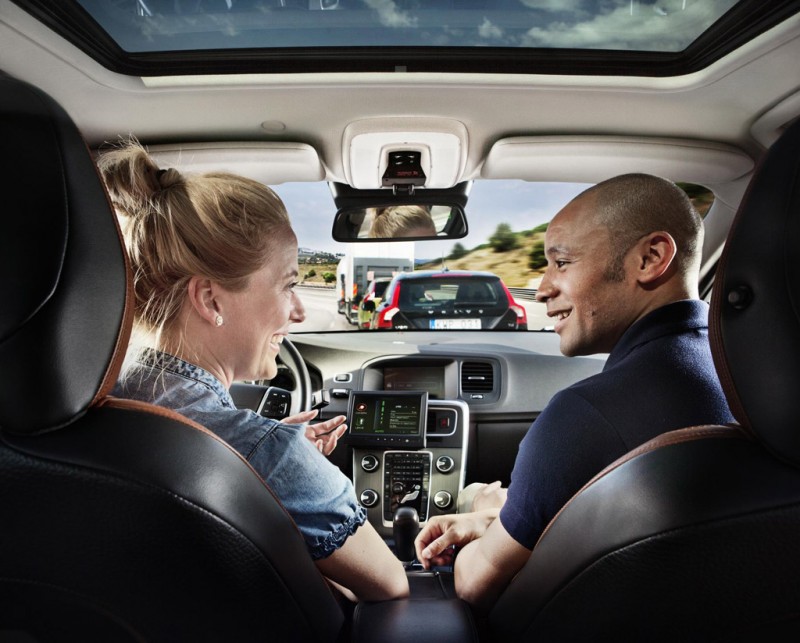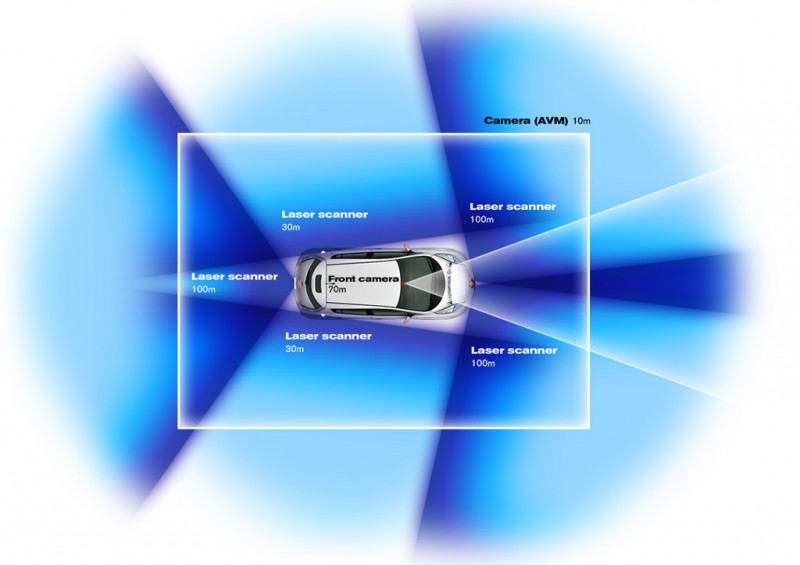Autonomous driving is a hot topic at the moment with just about everyone testing various ways of achieving driverless cars. It therefore makes sense for legislators to define what categories and levels of autonomy there are so that vehicles fall into different categories.
In no particular order, Ford, Google, Nissan, Tesla, Toyota, Volvo, BMW, Volkswagen and many more are all racing towards bringing us autonomous cars. Volvo recently announced their intention to conduct the world’s largest autonomous driving test, with 100 cars in a Swedish City. BMW have announced at International CES 2014 their intent to produce autonomous cars and Google are well versed in the subject, having already conducted years worth of research and development – not to mention miles – with their fleet of autonomous drive cars in America.
Perhaps more intriguing is Google’s tie-in with Tesla, who are currently working on bringing autonomous drive. It seems likely then that a Model S may be brought out with the inclusion of, at least some, of Google’s autonomous technology.
The point of all this autonomy isn’t to do chauffeurs and taxi drivers out of a job but is instead meant to increase road safety. Most countries around the world have a significant number of deaths on their roads every year and only a tiny fraction of those are caused by non-driver error. Taking out the driver from the equation then, reduces incidents and therefore deaths. That’s the thinking anyway.
The U.S. Department of Transportation’s National Highway Traffic Safety Administration (NHTSA) is already on the case with categorising different autonomous technologies and has set out five levels (zero to four) of autonomous vehicles as shown below.
Level 0 is a car with no self-driving capabilities; the driver is fully in control of steering, acceleration and braking at all times.
Level 1 provides “function-specific automation” in which the vehicle automatically assists the driver by taking over one or more specific control function. For example, electronic stability control – which applies braking to keep the vehicle planted.
Level 2 provides “combined function automation” in which “at least two primary control functions” are taken over by the car and used in unison to “relieve the driver of control.” An example is adaptive cruise control in combination with lane centring. The former controls both the throttle and brakes to maintain a safe distance behind a lead vehicle as well as a set speed, when possible. The latter automatically steers the vehicle to keep it in the centre of the lane, even around curves when possible.
Level 3 provides “limited self-driving automation” in which the vehicle can be fully autonomous “under certain traffic or environmental conditions.” It’s the vehicle’s responsibility to continuously monitor for changes in those conditions that would require the driver to take back control and to give the driver a “sufficiently comfortable transition time.” Capabilities in Google’s automated vehicles are an example.
Level 4 provides “full self-driving automation” in which the vehicle is always in full control of itself and monitoring roadway conditions continuously from the start of a trip to the end. The NHTSA says:
“Such a design anticipates that the driver will provide destination or navigation input, but is not expected to be available for control at any time during the trip. This includes both occupied and unoccupied vehicles.”
NHTSA is conducting research into self-driving cars and related safety issues with the goal of establishing related standards for when these vehicles become commercially available. It expects to complete phase one of its research in the next four years. The policy statement was intended to set guidelines for states that are looking to pass laws relating to the testing, licensing and regulation of self driving cars.
So far, among the states, only Nevada, California and Florida have enacted laws permitting limited operation of experimental self-driving cars on public roadways. All three passed their laws before the NHTSA policy statement was released.
NHTSA Administrator David Strickland in announcing the policy statement, said:
“As additional states consider similar legislation, our recommendations provide lawmakers with the tools they need to encourage the safe development and implementation of automated vehicle technology.”


